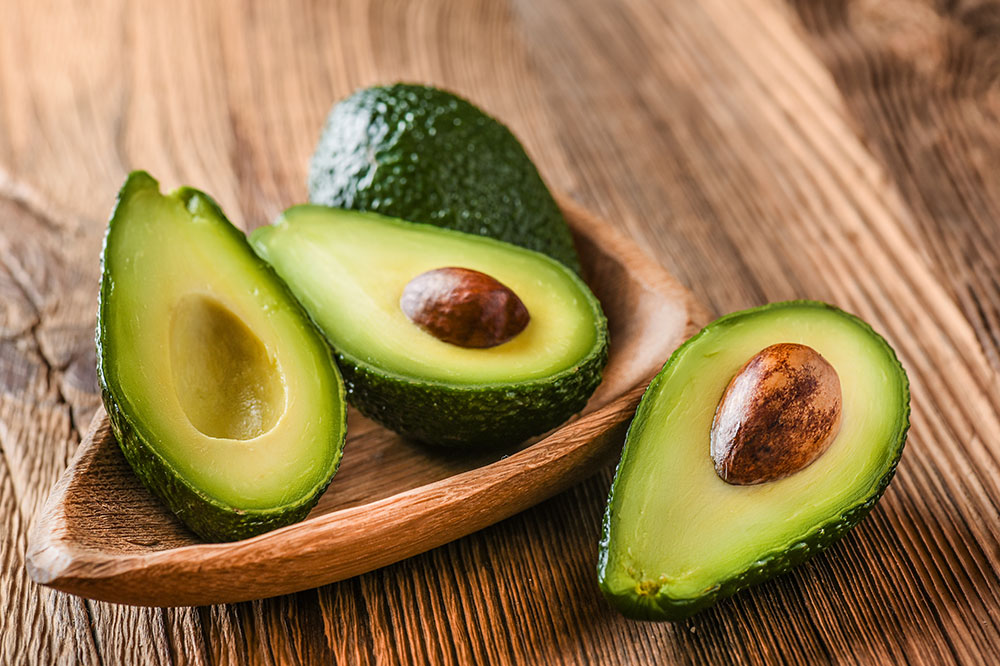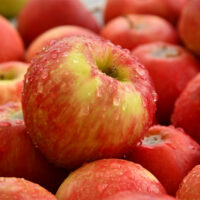Diet and nutrition tips to manage diabetes

The key to managing diabetes is to follow a healthy diet that can keep your blood sugar levels in control. What you eat in your meal has a direct effect on how much sugar your blood contains. So, making the right food choices is going to help you manage blood glucose levels better. At the same time, keep in mind that there is no one-size-fits-all diet for patients diagnosed with diabetes and you must consult your doctor before making major dietary changes.
Your doctor will come up with a meal plan to tell you what you can eat for your main meals and snacks in between meals. The plan also contains details on how much of these foods you should have. A healthy diet for those with diabetes should typically have 40%-60% calories from carbs, 30% or less from fats, and 20% from proteins.
How to make a diet plan to manage diabetes?
The idea is to follow a diet plan which is low in sodium, cholesterol, and added sugar. You need to identify which foods cause your blood sugar levels to spike. It is not always the type of food that you consume, but the combination of foods that you eat, which can be harmful when you have diabetes.
- To begin with, you must know how to measure portions and count carbs as they have the most impact on blood glucose levels. Individuals who take insulin at mealtimes need to know the portion of carbs in their meals to make sure they get the right dose.
- Every meal must be well-balanced, with a good blend of carbs, fruits, veggies, fats, and proteins. Carbs like whole grains, fruits, and vegetables are good for people with diabetes because they are fiber-rich and keep blood glucose levels stable.
- You must also adjust your diet and medicines. When the quantity of food is extremely less and you’re on medications like insulin, you may end up with dangerously low levels of blood sugar, resulting in hypoglycemia. On the other hand, an excessive food intake will make your blood glucose levels rise high, causing hyperglycemia.
Foods that should be part of your diet
- You should stay away from sugary beverages and drinks sweetened with corn syrup. These have the least nutritional value and contain added sugar. They make blood sugar levels rise up and must be consumed if you experience hyperglycemia or low insulin levels.
- Whole grains must be part of the daily diet. Some food items with whole grains include whole-wheat bread, oatmeal, and brown rice.
- Legumes, beans, peas, lean meat, poultry, and fish should be part of your meals.
- You can also include low-fat and non-fat dairy products, like yogurt and non-fat milk.
- Healthy fats from olive oil, nuts, seeds, avocados, and fish oils can be incorporated in the diet.
- Fresh fruits and green leafy vegetables will keep blood sugar levels in control.
- High-fiber cereals or bread made from whole grains can be consumed.
- Fish, turkey, seafood, shellfish, and organic chicken are also beneficial for those with diabetes.





